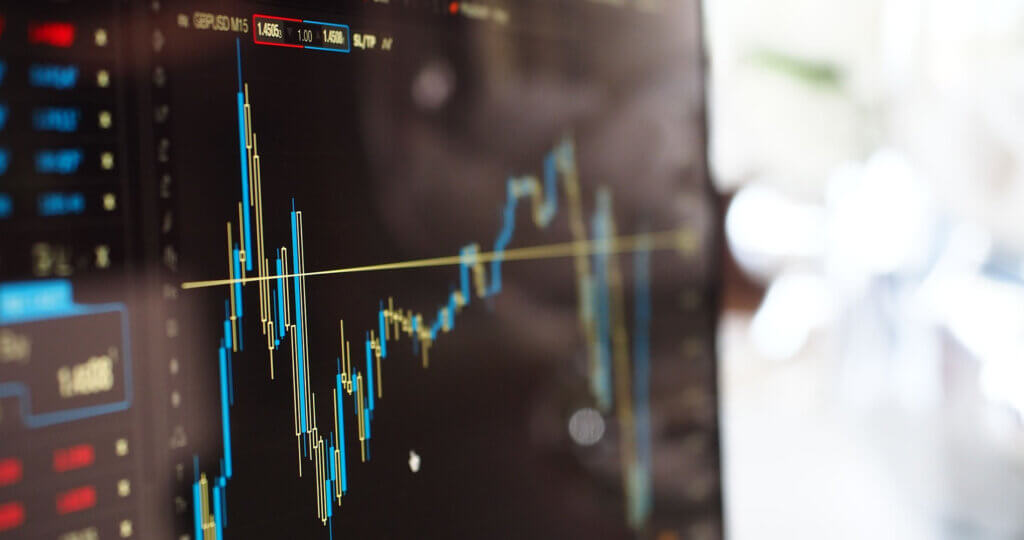Oakmark Fund - Investor Class
Average Annual Total Returns 06/30/14
Since Inception 08/05/91 13.40%
10-year 9.19%
5-year 21.50%
1-year 27.71%
3-month 4.98%
Gross Expense Ratio as of 09/30/13 was 0.95%
Past performance is no guarantee of future results. The performance data quoted represents past performance. Current performance may be lower or higher than the performance data quoted. The investment return and principal value vary so that an investor’s shares when redeemed may be worth more or less than the original cost. To obtain the most recent month-end performance data, view it here.
The Oakmark Fund increased 5% during the second quarter, which was in line with the S&P 500’s gain of 5%. Through the first three quarters of our fiscal year, the Oakmark Fund was up 20%, compared to a gain of 18% for the S&P 500. This was another unusually strong quarter for the market and for the Oakmark Fund, and during the quarter the Fund hit another all-time high price. As Bill Nygren mentioned in his second quarter letter , despite very strong performance since the stock market bottomed in 2009, the forward P/E multiple for the S&P 500 is still within a typical range. While stocks aren’t as attractive as they were a couple of years ago, we continue to think that equities dominate other asset classes. Our great team of research analysts continues to find attractively valued companies to add to the portfolio. Over the past two quarters, we have added seven new companies to the portfolio.
With strong recent performance, we have also exited several positions as their prices approached our estimate of intrinsic value. During the quarter, we eliminated positions in 3M, Cummins, DirecTV, ExxonMobil and Forest Labs. Both DirecTV and Forest were sold following news that they would be acquired. As described below, we initiated new positions in Amazon, Monsanto and News Corp. (See Bill Nygren’s letter for our thoughts on Amazon.) Our biggest detractors for the second quarter were Bank of America and JPMorgan Chase, but we continue to see tremendous unrecognized value in our financial holdings.
Our best-performing sectors for the second quarter were energy and information technology, and from these sectors, Apache and Intel were the Fund’s two strongest individual contributors. The energy sector got a lift from rising commodity prices, and Apache enjoyed better than expected earnings and some value-maximizing capital allocation decisions. Apache is selling what we think are fully valued oil and gas assets and using the proceeds to repurchase undervalued shares of the company. We are always thrilled to see management teams allocate capital to the highest return alternatives. Intel shares were also strong following their announcement of better than expected PC sales and profit margins, which should lead to higher earnings for the year. Despite lingering PC concerns and substantial investments in the ramp-up of their tablet PC offerings, Intel is still producing profit margins that are near the high end of their historical range. Even with strong recent gains for Apache and Intel, the two stocks still sell at a significant discount to our estimate of intrinsic value.
Monsanto Company (MON – $125)
Monsanto is a leading global provider of seeds, biotechnology traits, herbicides and data analytics for farmers. We believe Monsanto is a very high quality company with above-average growth prospects and an exceptionally strong competitive position in a large and consolidated industry. In our view, Monsanto’s lead is likely to widen as successful traits are combined and as the company maintains its distribution advantages. Additionally, Monsanto’s precision agriculture platform, led by its recent purchase of The Climate Corporation, could provide significant upside and further differentiate Monsanto from its competitors, since growers are only in the early stages of using this technology to improve yields. For the past year and a half, management considered a more aggressive capital structure, and they recently announced a plan to add leverage to the balance sheet while using the proceeds for a large share repurchase program. Low corn prices, challenges in valuing their biotech pipeline and the difficulty of quantifying upside from precision agriculture have caused Monsanto to sell for materially less than our estimate of its intrinsic business value.
News Corp (NWSA – $18)
News Corp is a global media conglomerate with renowned and highly valuable content, cable, information services and publishing assets. We believe that News Corp, which was spun-off from 21st Century Fox last summer, is being misperceived and inappropriately valued as a print newspaper publisher. To the contrary, our research suggests that the significant majority of News Corp’s fair value is supported by its ownership positions in high quality cable sports networks, pay TV and digital content properties that enjoy dominant market share and compelling growth profiles. Continued subscriber and advertising growth coupled with the transition from print to digital media across various operating subsidiaries should drive consistent margin expansion over the next several years. Selling at a significant discount to our estimate of intrinsic value and at only a modest premium to tangible book value, we think News Corp offers a compelling risk/reward profile.
As of 06/30/14, 3M Co. represented 0%, Cummins, Inc. 0%, DirecTV 0%, Exxon Mobile Corp. 0%, Forest Laboratories, Inc. 0%, Amazon, Inc. 2.1%, Monsanto Company, Inc. 1.3%, News Corp. 0.4%, Bank of America, Inc. 3.0%, JPMorgan Chase & Co. 2.0%, Apache Corp. 2.3%, and Intel Corp. 2.1% of the Oakmark Fund’s total net assets. Portfolio holdings are subject to change without notice and are not intended as recommendations of individual stocks.
Click here to access the full list of holdings for The Oakmark Fund as of the most recent quarter-end.
The S&P 500 Total Return Index is a market capitalization-weighted index of 500 large-capitalization stocks commonly used to represent the U.S. equity market. All returns reflect reinvested dividends and capital gains distributions. This index is unmanaged and investors cannot invest directly in this index.
The Price-Earnings Ratio (“P/E”) is the most common measure of the expensiveness of a stock.
The Oakmark Fund’s portfolio tends to be invested in a relatively small number of stocks. As a result, the appreciation or depreciation of any one security held by the Fund will have a greater impact on the Fund’s net asset value than it would if the Fund invested in a larger number of securities. Although that strategy has the potential to generate attractive returns over time, it also increases the Fund’s volatility.
The discussion of the Fund’s investments and investment strategy (including current investment themes, the portfolio managers’ research and investment process, and portfolio characteristics) represents the Fund’s investments and the views of the portfolio managers and Harris Associates L.P., the Fund’s investment adviser, at the time of this letter, and are subject to change without notice.






